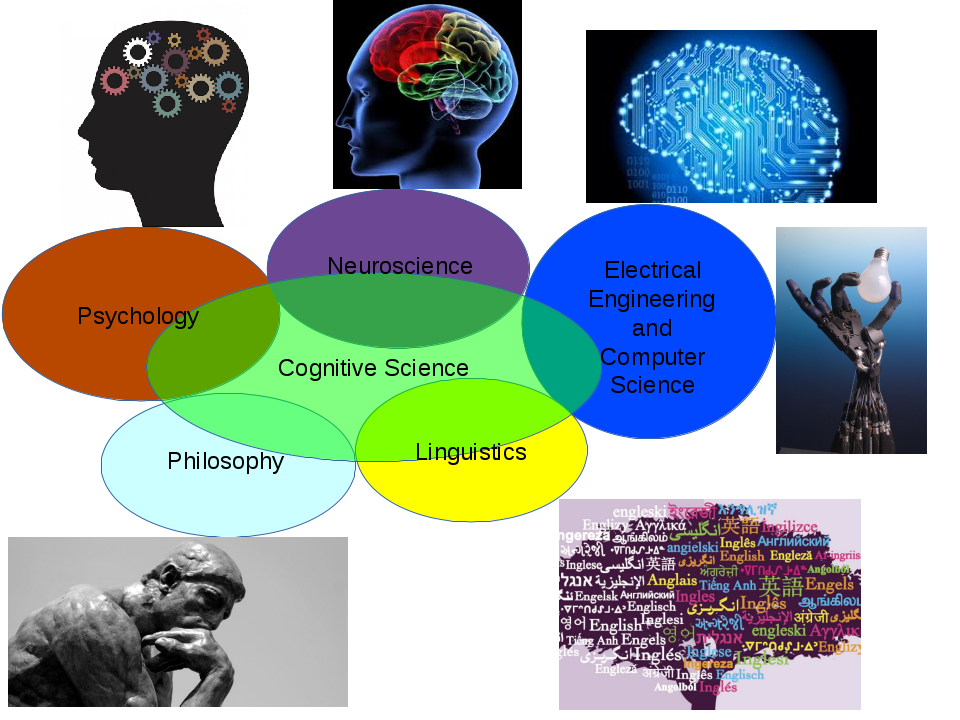
The subject matter of this course is, in a sense, highly ambitious: we seek to model and computationally emulate the human mind. This is essentially a Cognitive Science course, with a pronounced computational bent. Cognitive Science is a relatively new discipline which sits at the interface of psychology, neuroscience, linguistics, philosophy, computer science, and electrical engineering. It seeks to understand the processes underlying human cognition by means of formal (especially computational) models. In this course we will also look at specific engineering applications of such models, in areas like Computer Vision and Robotics. This course can be seen as trying to merge two distinct, but complementary, objectives: one an engineering objective, the other a scientific one. As engineers, we seek to design intelligent systems that can emulate human performance on perception and cognition tasks. As scientists, we seek to turn this around and use such designed systems to better understand, or 'reverse engineer', the human mind itself.
Instructors: Tapan K. Gandhi and Sumeet Agarwal
TA: Anshul Bawa
3 credits (3-0-0)
I Semester 2016–17
M W 11:00–11:50 Th 12:00–12:50, LH 611
| Serial no. | Lecture nos. | Topics | Instructor | Slides and other resources |
| 1 | 1–5 | Introduction; Philosophical, Psychological, and Cognitive approaches to modeling the mind | SA | Introduction: Philosophical and Psychological Perspectives; The Libet Experiment: Is Free Will Just an Illusion?; The empty brain |
| 2 | 6–11 | Neuroscientific foundations | TKG | Overview; The Brain I; The Brain II; The Brain III; Brain Recording Techniques; Animal Cognition |
| 3 | 12–16 | Perception: Vision | TKG | The First Steps in Vision; Spatial Vision: From Spots to Stripes; Human Visual System modeling |
| 4 | 17–20; 27–29 | Higher order perception like object and pattern recognition (biological and computational perspectives) | SA, TKG | Convolutional neural nets: tutorial, demos; Sparse autoencoder notes; Unsupervised visual learning; Object Recognition; Cadieu et al.: slides, paper |
| 5 | 21–25 | Perception: Hearing, taste, touch, olfaction, mental imagery | TKG | Sound, The Auditory System, and Pitch Perception; Power of Mental Imagery; The Cutaneous Senses; Olfaction; Taste; Modelling spatial recall, mental imagery and neglect |
| 6 | 26 | Student presentations on term paper proposals | — | |
| 7 | 30–34 | Cognitive models and Bayesian inferencing | SA | Bayesian models of cognition |
| 8 | 34–38 | Language and Memory | Ashwini Vaidya, SA | Language and Cognition; Word Processing |
| 9 | 39–40 | Cognitive architectures | SA | How are cognitive systems organised?; ACT–R paper |
| 9 | 41–42 | Applications: Assistive technologies | TKG |
[Image credits: directactioneverywhere.com; mcgill.ca; edx.org; wikipedia.org; nu.ac.th; binghamton.edu.]